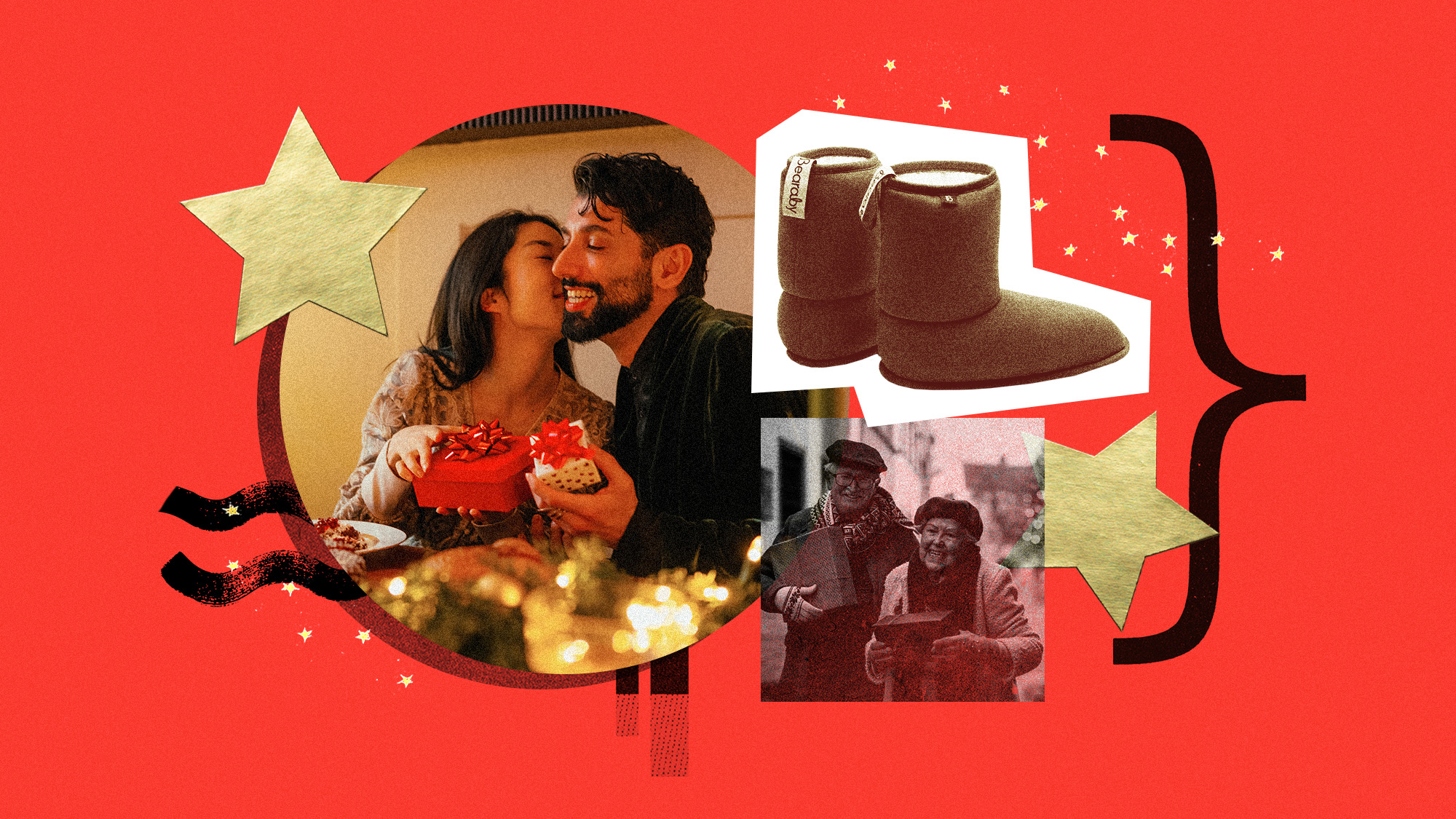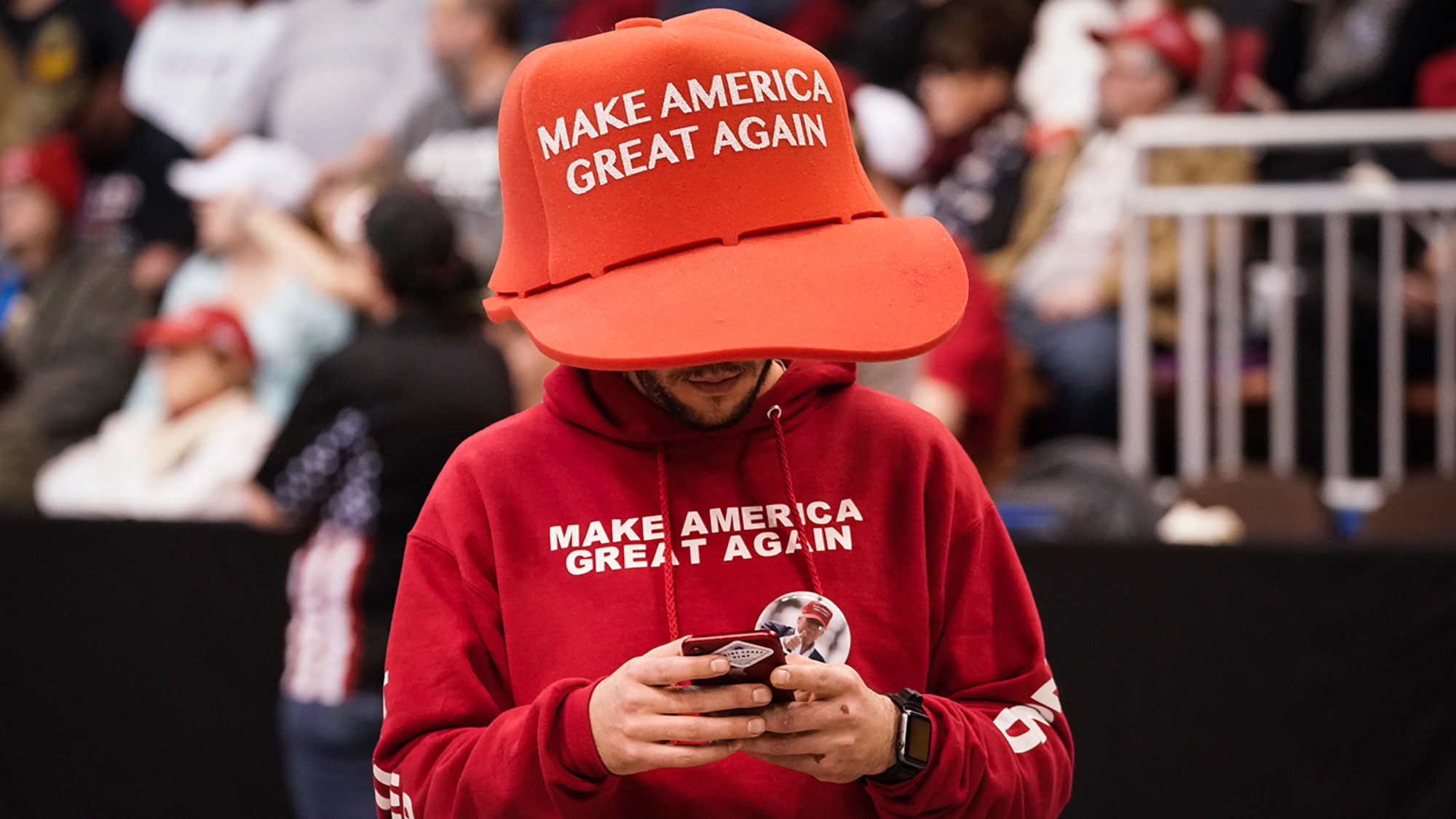The truth about Pearl Harbor
Americans paid $119 million to see Pearl Harbor in the first 10 days of its release. The film has drawn criticism for historical inaccuracies. What’s the real story behind the attack on Pearl Harbor?
Why did the Japanese attack?
The movie makes vague mention of Japan’s need to force the United States to stop blocking deliveries of oil. But Japan bombed the U.S. fleet for a simple reason: to remove the primary military obstacle to its domination of Asia and the Pacific. Japan sought control of the entire region, after signing an agreement in 1937 with the Axis powers, Nazi Germany and Italy. As the Nazis carved up Europe, Japan started out by invading China, and later French Indochina. The U.S. tried to stay out of the shooting war, but imposed a steel and oil embargo to rein in Japan as much as possible. Back then, the U.S. was the world’s leading oil exporter, and Japan depended on imports to meet 90 percent of its fuel needs. Diplomats negotiated furiously, with Japan insisting on an end to the embargo and the U.S. demanding a Japanese withdrawal from China. The surprise attack on Pearl Harbor marked the end of the talks. Summing up the U.S. military’s assessment of the battle, Navy Secretary Frank Knox said, “The Japanese purpose was to knock out the United States before the war began.”
How effective was the attack?
The Week
Escape your echo chamber. Get the facts behind the news, plus analysis from multiple perspectives.

Sign up for The Week's Free Newsletters
From our morning news briefing to a weekly Good News Newsletter, get the best of The Week delivered directly to your inbox.
From our morning news briefing to a weekly Good News Newsletter, get the best of The Week delivered directly to your inbox.
It was devastating, knocking all eight battleships in the harbor out of commission, at least temporarily, and crippling the Navy’s Pacific fleet for months. But the three American aircraft carriers were away from the harbor on exercises—a bit of luck that would prove very costly to Japan. The Sunday-morning raid took the American military commanders at Pearl Harbor completely by surprise. The first wave of Japanese bombers swooped in largely unmolested, and it took sailors on most of the ships five minutes or more to begin firing back. Five hours later, after a devastating second strike, all but 29 of the 350 Japanese planes were back on their aircraft carriers, steaming for home. In the harbor, all eight Navy’s battleships were smoking wrecks, with two destroyed and six facing months of repairs. The Pacific fleet was crippled, and 2,403 Americans were dead or dying. Because the three aircraft carriers were not in the harbor, Japanese commanders feared the Americans could launch a strong counterattack with planes from these ships; They headed home without making a planned third strike. That spared the fleet’s submarine base, repair facilities, fuel stocks, and other vital resources.
Why was Pearl Harbor such a surprise?
Few military experts thought Japan would risk such a bold attack, given how much firepower the U.S. had amassed at the base. Japan was pushing south in the Pacific, in hopes of controlling oil and other supplies on vulnerable British and Dutch islands, making American military outposts on
the Midway atoll, Guam, and in the Philippines more obvious targets. War was believed to be inevitable, but President Franklin D. Roosevelt and his Cabinet expected the first strike to come on islands closer to Japan’s home waters.
A free daily email with the biggest news stories of the day – and the best features from TheWeek.com
Were American soldiers able to fight back?
Yes, but not to the extent shown in the movie’s long battle scene. Much of the antiaircraft ammunition was actually locked up for the weekend, so sailors had to break into the armory with axes. Only one in four machine guns was manned during the attack. U.S. airpower was also caught off guard, and the first wave of the raid destroyed or damaged most of the planes
on the Hawaiian island of Oahu. The grounded planes were easy marks for Japanese pilots, having been lined up, wing tip to wing tip, to guard against sabotage. One movie detail drawn from the real battle was the dogfighting success of Lts. George S. Welch and Kenneth Taylor, who managed to get aloft and shoot down seven of the 29 planes the Japanese lost. Two main characters, played by Ben Affleck and Josh Hartnett, were loosely based on their exploits. Another character derived from real-life heroism rather than the script-writer’s fantasy was Navy cook Dorie Miller, played by Cuba Gooding Jr. Miller really did jump behind an antiaircraft gun and blast away at the invaders. He was later awarded the Navy Cross.
Did President Roosevelt know an attack was coming?
FDR certainly knew Japan was considering firing the first shot. Intercepted and
decoded Japanese cables referred to an attack that appeared imminent, and nearly two weeks before Pearl Harbor, Washington issued a war warning to all commanders. Historians disagree on whether he knew Pearl Harbor would be the target. One theory, promoted by several historians and Roosevelt critics, is that FDR allowed the attack to happen, to create public support in a largely isolationist country for America’s entry into the war. Historian John Toland’s 1981 book Infamy outlines a sailor’s claim that he intercepted a report of a Japanese aircraft carrier heading for Hawaii before the attack. In another book, Day of Deceit, Robert Stinnett writes that numerous Japanese messages were intercepted near Hawaii, but were never forwarded to the top U.S. military commanders. Most historians and FDR biographers, however, say there is no reliable evidence to support the conspiracy theory. FDR, they say, had no prior knowledge of when and where the Japanese would attack.
How did the U.S. finally win the war in the Pacific?
American forces clawed their way toward Japan, one island at a time. After the devastating blow of Pearl Harbor, the U.S. jumped into the war dramatically outgunned. Japan had 10 aircraft carriers in the Pacific; the U.S. had three. In the year that followed Pearl Harbor, a series of military successes turned the Pacific into an even fight. First, Lt. Col. James Doolittle led an unorthodox bombing raid on Tokyo itself, shocking the Japanese and giving America a psychological boost. A month later, in May 1942, the Navy repelled a Japanese assault on Australia in the Battle of the Coral Sea, knocking out one Japanese aircraft carrier. A month after that, the U.S. sank or damaged four Japanese carriers in a decisive battle near Midway. American forces then captured a series of Japanese-held islands in a sequence of bloody battles. A final assault on Japan itself was averted when President Harry Truman decided in 1945 to drop atomic bombs on Hiroshima and Nagasaki. When Japan surrendered to Gen. Douglas MacArthur in Tokyo harbor, the contingent of victorious American ships included the USS West Virginia, damaged at Pearl Harbor four years earlier.
Pearl Harbor’s terrible toll
U.S.
2,403 military personnel and
civilians killed
21 combat ships, including eight
battleships, sunk or heavily damaged
169 airplanes destroyed; 159 damaged
Japan
29 airplanes shot down
6 submarines destroyed
-
 11 extra-special holiday gifts for everyone on your list
11 extra-special holiday gifts for everyone on your listThe Week Recommends Jingle their bells with the right present
-
 ‘Furious Minds: The Making of the MAGA New Right’ by Laura K. Field and ‘The Dream Factory: London’s First Playhouse and the Making of William Shakespeare’ by Daniel Swift
‘Furious Minds: The Making of the MAGA New Right’ by Laura K. Field and ‘The Dream Factory: London’s First Playhouse and the Making of William Shakespeare’ by Daniel SwiftFeature An insider’s POV on the GOP and the untold story of Shakespeare’s first theater
-
 How to shop smarter with a grocery budget
How to shop smarter with a grocery budgetThe Explainer No more pushing your cart down the aisles on autopilot